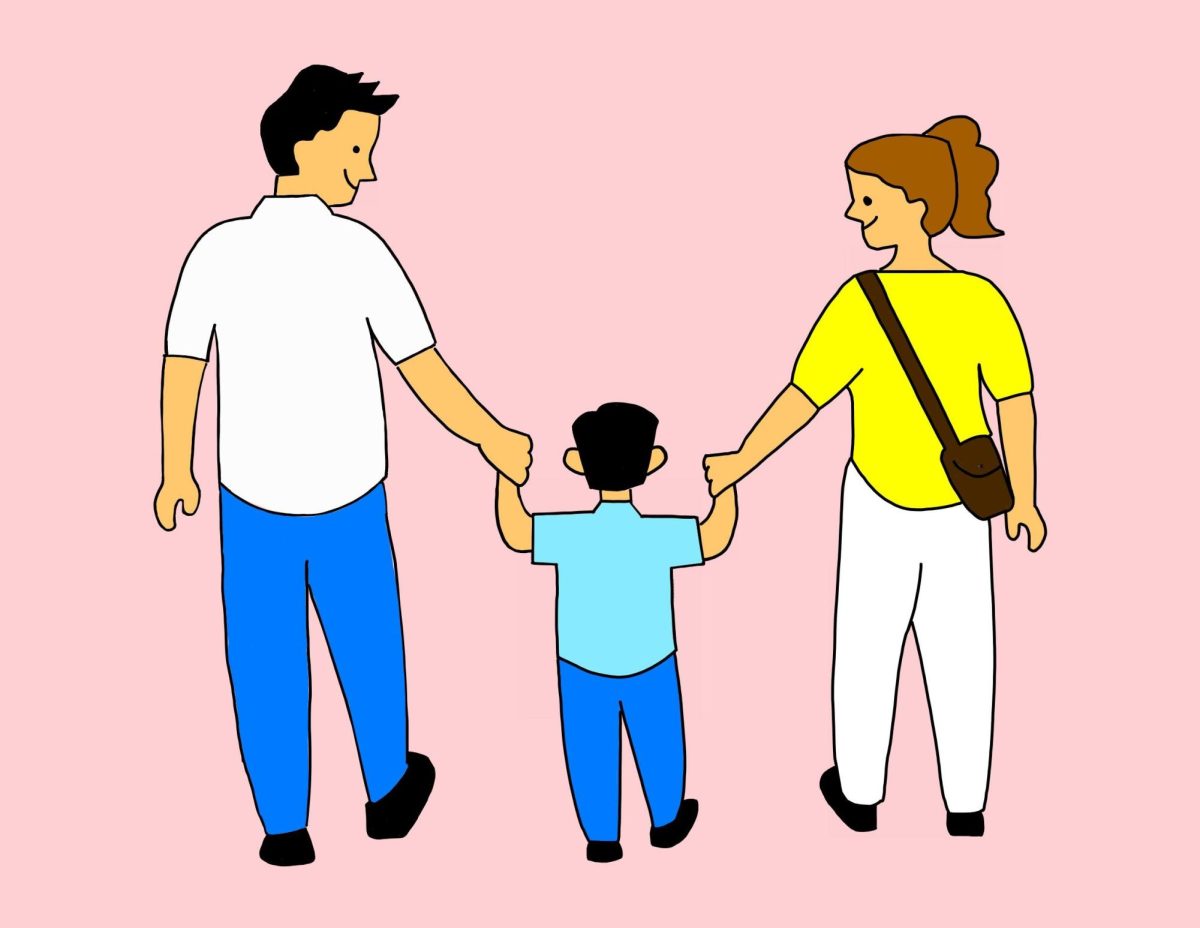After South Korea’s historical birth rate plummeted, it rose for the first time in almost a decade. This sudden rise has become a ray of hope for South Korea, with many hoping it will be a turning point in its demographic crisis. However, many consider this change temporary and short-lasting optimism with little to no permanent impact on South Korea’s population.
One key factor in South Korea’s population decline is the high cost of living. Many families hesitate to have children, fearing financial stability.
Cultural norms of education further discourage this. Most students in South Korea attend “hagwons,” academies that tutor students to help prepare them for various aspects of education. Tuition fees for these academies range from $1,000 to $3,000 monthly. These financial barriers make it difficult for couples to invest in a child—in most cases, children are out of the question.
Due to the public’s negative social and economic stance towards childbearing in South Korea, many predict that this rise in the birth rate will be temporary without much permanent effect. The imbalance between work and personal life discourages many couples from having children.
“There has been a birth rate increase in South Korea, but I believe it is more of a temporal change than a permanent one,” Hyo Young Nam, Contemporary Asian Studies teacher, said. “Government funding, for example, is something they have been doing over the past few years. I think it is pretty clear that it did have a certain positive effect, but not to an extent to increase birth rates. The main reason for the temporary rise in birth rates is most likely due to the postponed weddings being concentrated after the COVID-19 pandemic.”
Marriage has been a growing trend in Korea despite corporate settings heavily discouraging children. One main event associated with the current trend in marriage in Korea is the COVID-19 pandemic. These higher marriage rates correlate with the increase in the number of children born.
“I know many people who had their weddings postponed due to the COVID pandemic,” Ms. Nam said. “People usually spend a few years planning these weddings, so there was an abnormal concentration of people getting married after the COVID pandemic. I also had to attend multiple weddings right after COVID, including my brother’s wedding.”
Another possible reason behind the recent trend in marriage and rising birth rates is international marriages. Out of the total marriages in South Korea, there was a 9.5 percent to 10.6 percent increase in multiracial marriages, a steady incline from 2022. A large portion of Korea’s population is entering the early 30s, which is considered a key childbearing age group. Factors such as these will likely play a role in recovering Korea’s birth rate crisis.
Despite these factors, the birth rate increase is still not very significant. South Korea’s fertility rate is still below 1, meaning the average number of children every woman has is less than 1. In the 1990s, South Korea’s birth rates were as high as 600,000 and 700,000 registered births. The birth rate rise in question was from 235,000 to 240,000, seemingly insignificant considering past birth rates and the fact that 120,000 more people died than were born.
Given the recent rise in birth rates, South Korea’s future projections are still unclear. However, the rise in the birth rate still serves as a sliver of hope for the country’s future. Many professors hope it will spark a revitalization of Korea’s shrinking population, solidifying the country’s stability in population growth.


